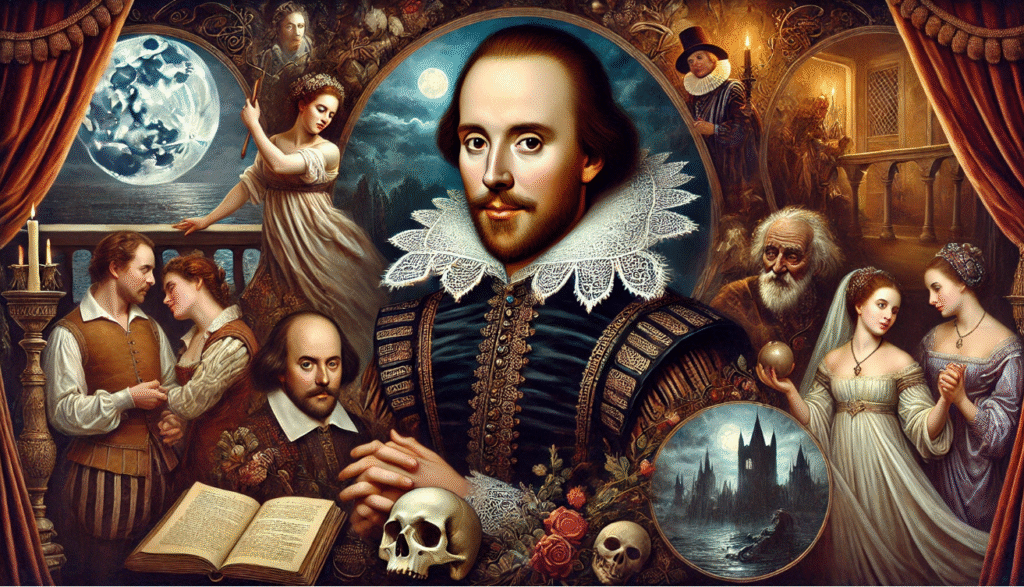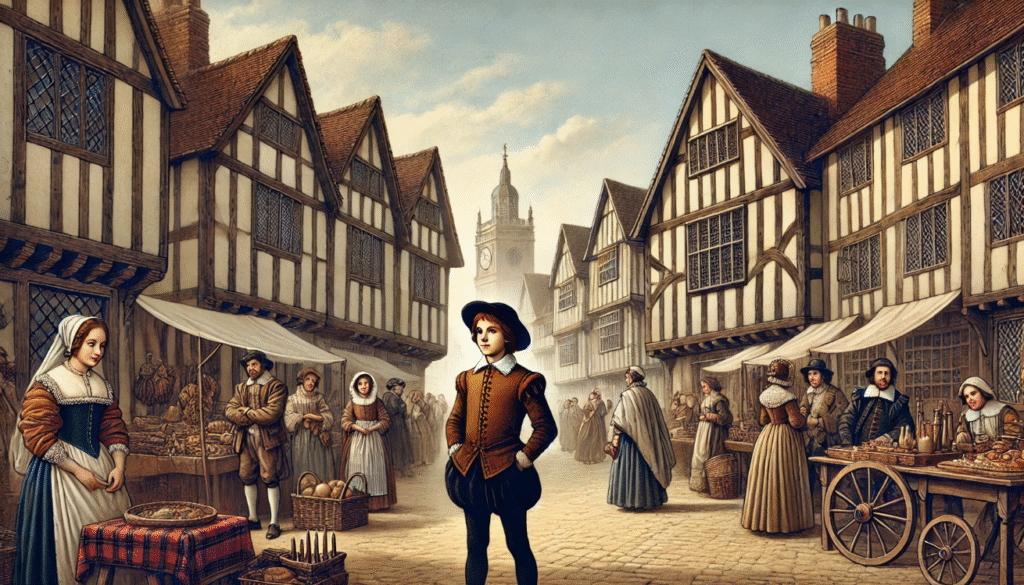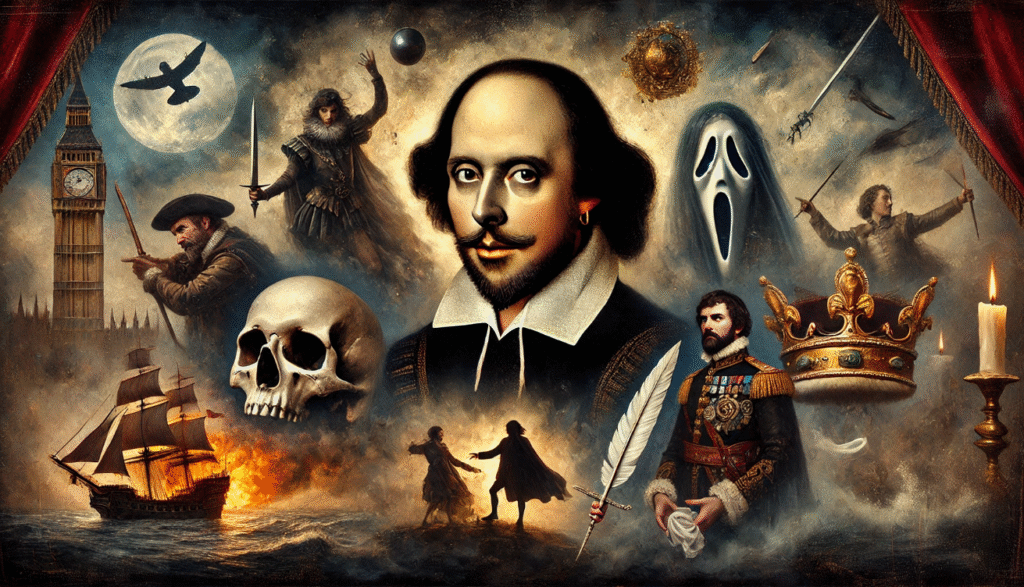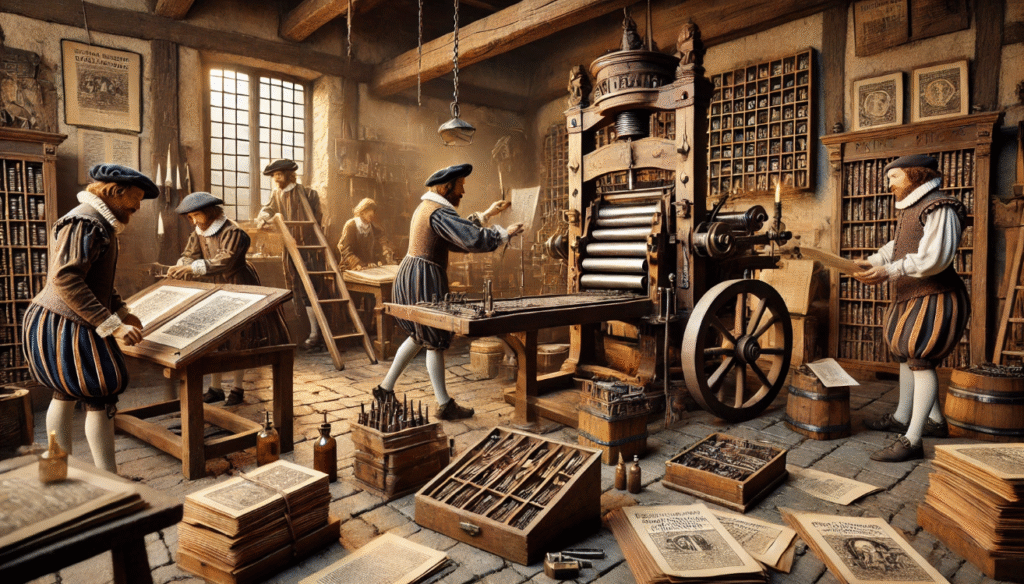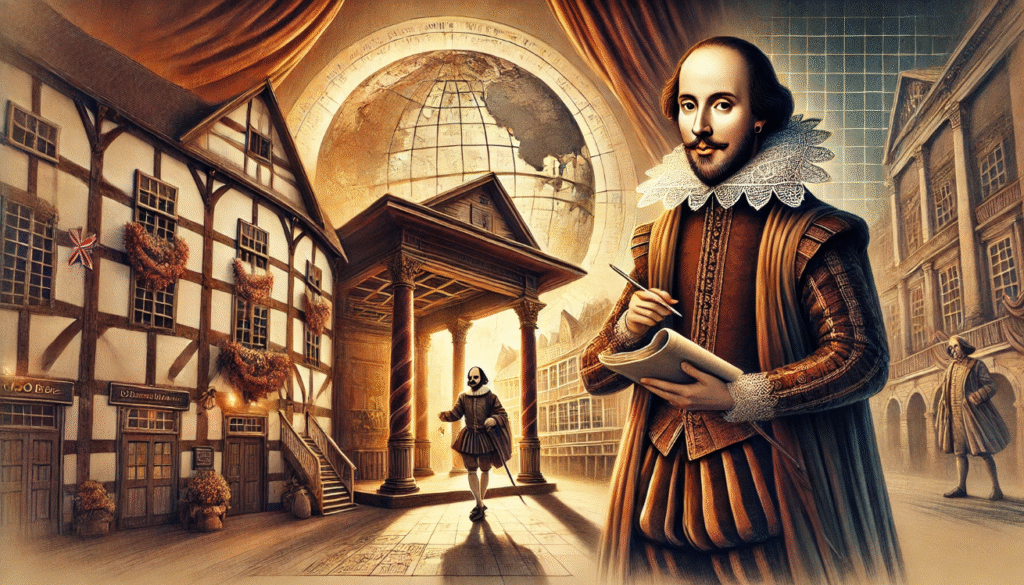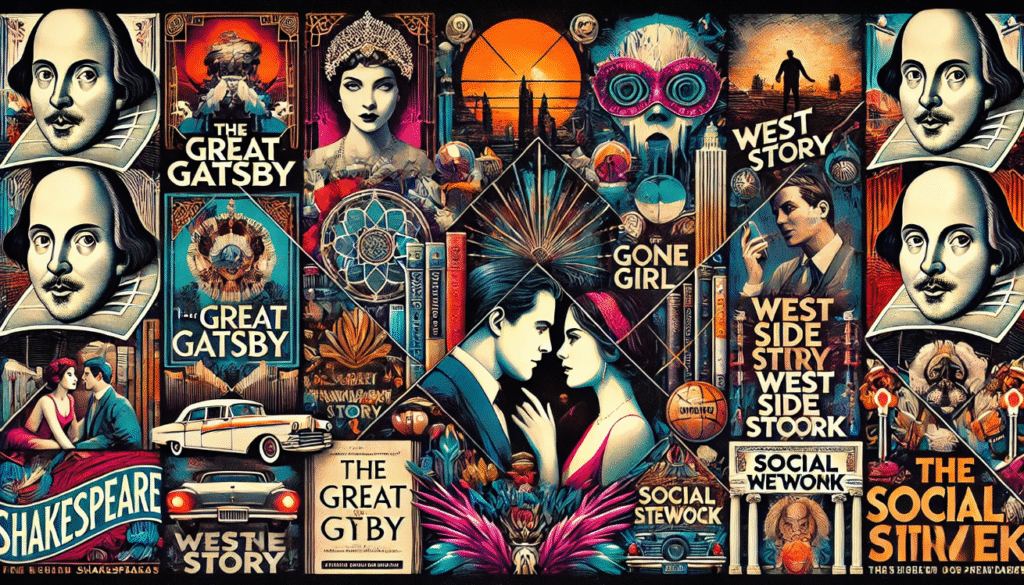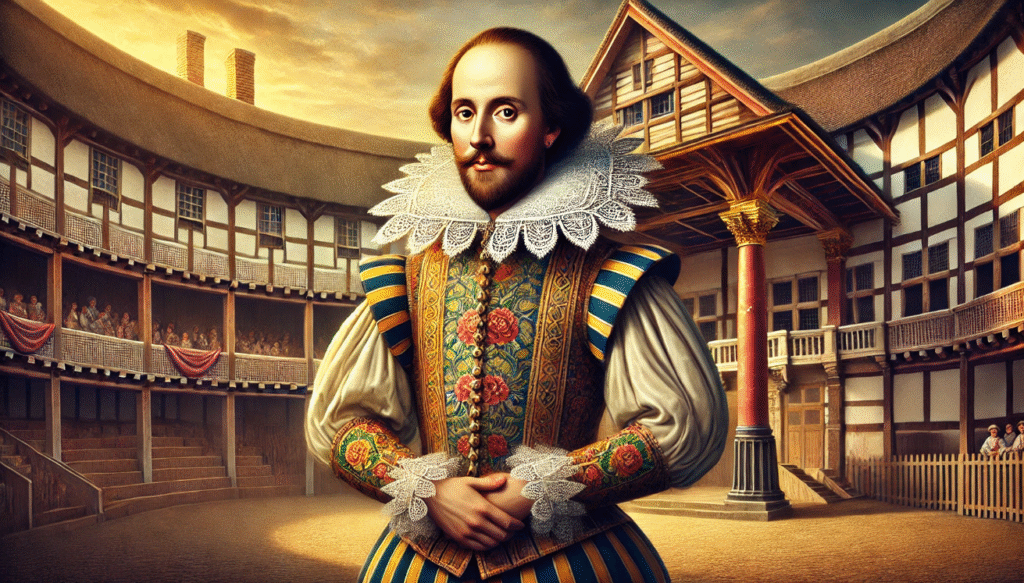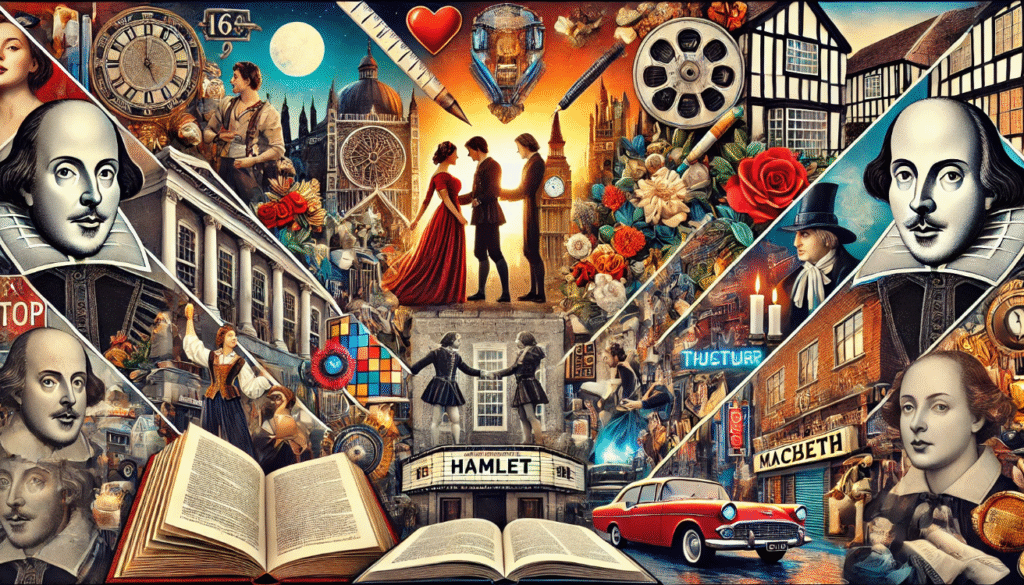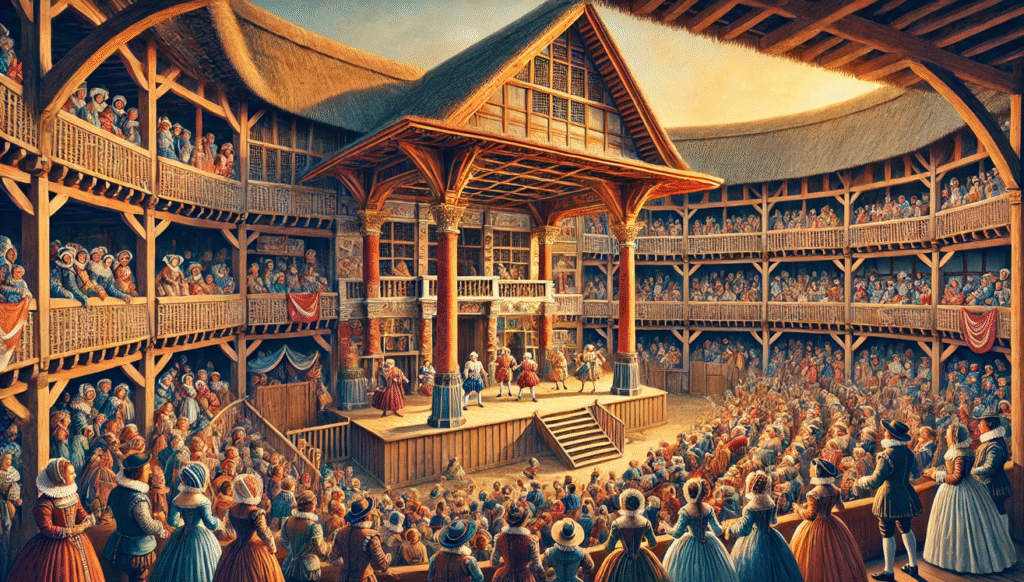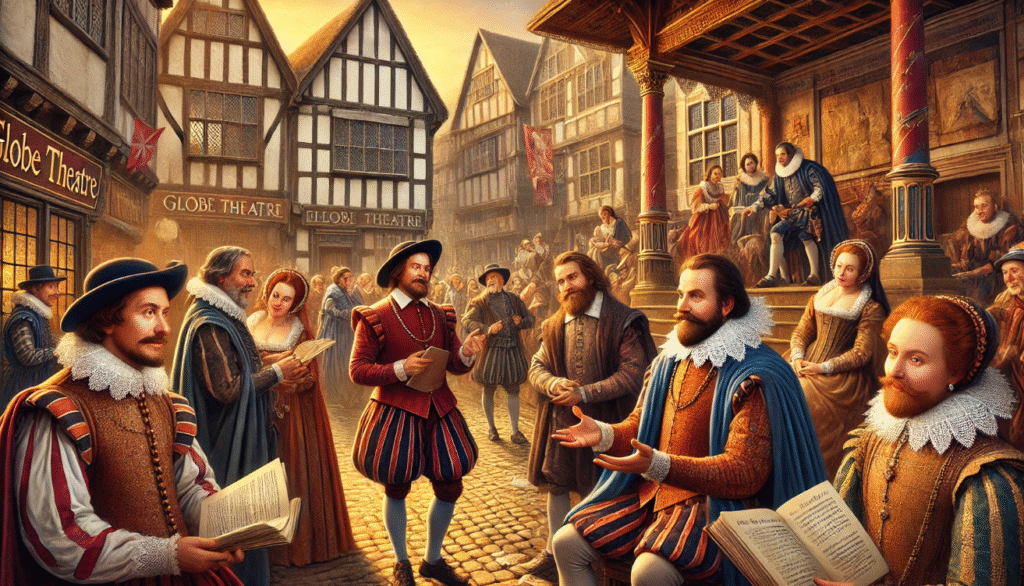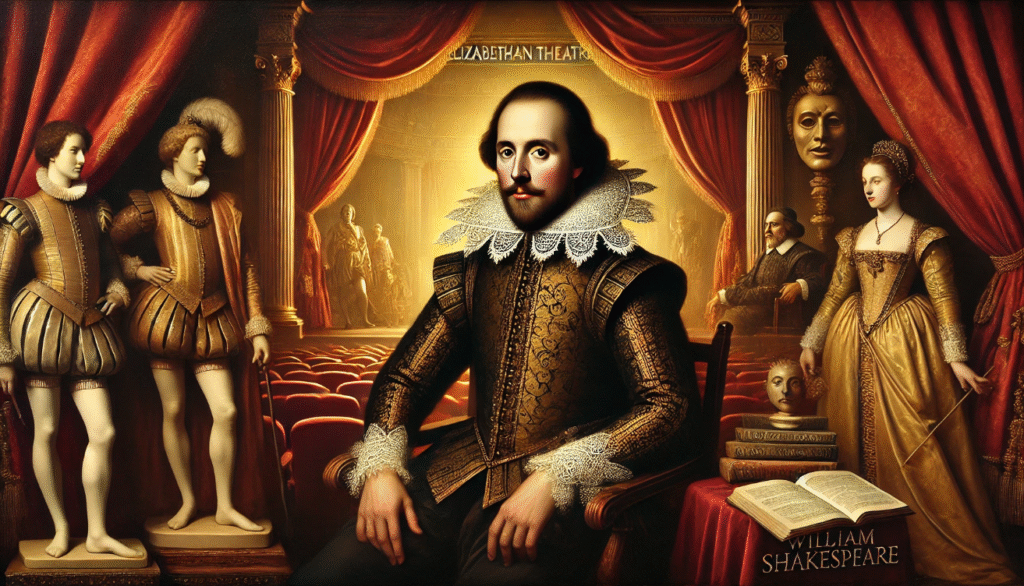 Shakespeare’s role in the history of theatre is widely regarded as one of the most influential figures in Western literature and theatre. His impact on the dramatic arts transcended his era, marking a significant shift in the way stories were told on stage. Shakespeare’s role in the history of theatre innovations, mastery of language, and dramatic works fundamentally altered the landscape of theatre, cementing his legacy as one of the greatest playwrights of all time.
Shakespeare’s role in the history of theatre is widely regarded as one of the most influential figures in Western literature and theatre. His impact on the dramatic arts transcended his era, marking a significant shift in the way stories were told on stage. Shakespeare’s role in the history of theatre innovations, mastery of language, and dramatic works fundamentally altered the landscape of theatre, cementing his legacy as one of the greatest playwrights of all time.
The Renaissance and the Birth of Modern Theatre

The Renaissance Influence:
Shakespeare’s role in the history of theatre period was a time of great political, cultural, and social change in Europe. Politically, the period saw the rise of powerful city-states, the establishment of new forms of government, and the beginning of nation-building in countries such as England, France, and Spain. Culturally, the Renaissance was characterized by a renewed interest in the arts, literature, and learning, as well as a revival of classical Greek and Roman culture. Socially, the period saw the emergence of a new middle class, the spread of humanism and individualism, and the beginnings of the Protestant Reformation. In terms of theatre, the Renaissance saw the development of a wide variety of dramatic forms and styles.
Shakespeare’s Entry into the Scene:
Shakespeare’s early career began in the late 16th century, where he started out as an actor and playwright in London. Shakespeare’s role in the history of theatre work quickly gained recognition for its powerful storytelling and poetic language, which began to shape the English stage in significant ways. Shakespeare’s role in the history of theatre plays, such as “Romeo and Juliet,” “Hamlet,” and “Macbeth,” introduced new dramatic techniques and complex characters that captivated audiences. His use of blank verse and iambic pentameter set a new standard for the English language, and his exploration of universal themes like love, power, and betrayal resonated with audiences of all backgrounds.
Shakespeare’s Innovations in Playwriting

Complex Characters and Psychological Depth:
Shakespeare is known for his ability to create multi-dimensional characters that break away from one-dimensional, archetypal roles. For example, in Hamlet, we see the internal conflict of the protagonist as he grapples with his emotions and the weight of his father’s murder. Similarly, Lady Macbeth is portrayed as a complex character driven by ambition and a desire for power. These characters are not simply defined by one trait, but rather, they possess a depth and complexity that allows them to be relatable and intriguing to audiences. Furthermore, Shakespeare’s ability to weave universal themes like love, betrayal, ambition, and the human condition into his characters adds to their multi-dimensionality.
Language and Wordplay:
Shakespeare’s mastery of language, metaphor, and inventive use of iambic pentameter is evident in his famous soliloquy “To be or not to be” from Hamlet. In this soliloquy, Shakespeare uses powerful and evocative language to explore the existential question of life and death. His use of metaphor, such as comparing death to “the undiscovered country from whose bourn no traveler returns,” creates vivid and thought-provoking imagery for the audience. Additionally, Shakespeare’s inventive use of iambic pentameter adds a rhythmic and poetic quality to the soliloquy, enhancing its emotional impact.
Shakespeare’s Impact on Dramatic Structure

Blending Genres:
Shakespeare’s ability to seamlessly merge different genres in his works was a key factor in creating a more dynamic theatrical form. By combining elements of tragedy, comedy, history, and romance in one play, he was able to create complex and multi-dimensional stories that appealed to a wider audience. For instance, in “A Midsummer Night’s Dream,” Shakespeare blended elements of comedy and romance to create a lighthearted and whimsical tale of love and misunderstanding. On the other hand, in “Macbeth,” he incorporated elements of tragedy and history to tell a dark and gripping story of ambition and betrayal. By merging these different genres, Shakespeare was able to create plays that could evoke a wide range of emotions and keep the audience engaged throughout.
The Five-Act Structure:
Shakespeare’s standardization of the five-act play structure has had a lasting influence on theatre. By dividing the narrative into five distinct acts, Shakespeare was able to effectively build tension and momentum throughout the play, leading to a satisfying resolution in the final act. This structure has been widely adopted and adapted by playwrights and continues to be a cornerstone of dramatic storytelling. In addition to the five-act structure, Shakespeare’s use of subplots enriched his main narratives and provided additional layers of meaning. These subplots often served to mirror or contrast the main plot, offering insight into the characters’ motivations and adding complexity to the overall story. By weaving together multiple storylines, Shakespeare was able to create a more dynamic and engaging experience for his audiences.
Shakespeare’s Influence on Acting and Stagecraft
Revolutionizing Acting Styles:

Shakespeare’s complex characters necessitated a new approach to acting, emphasizing emotional depth and nuanced performances. Unlike the stock characters of the time, Shakespeare’s characters were multifaceted, with conflicting emotions and motivations. This complexity required actors to delve deeper into their characters, exploring their inner thoughts and feelings in order to bring them to life on stage. As a result, the acting style of the time evolved, with a greater emphasis on naturalistic performances and a focus on the emotional truth of the characters. This approach to acting has continued to influence the way actors approach Shakespeare’s works to this day, with a focus on psychological realism and a deep understanding of the characters’ inner lives.
Stagecraft and Design:

The Globe Theatre was built in 1599 by Shakespeare’s playing company, the Lord Chamberlain’s Men. It was a round, open-air theater with three levels of seating and a standing area in front of the stage. The stage was a large platform that extended into the audience, allowing for an immersive experience for the viewers. Shakespeare’s plays were staged with a keen understanding of the physicality of performance. The Globe’s design, with its thrust stage and close proximity to the audience, allowed for a dynamic and interactive experience. Shakespeare wrote his plays with this in mind, incorporating physical humor, dramatic action, and direct address to the audience.
Impact on Theatre Companies:
Shakespeare’s plays were complex and required a high level of skill and dedication from actors. The language, themes, and characters in his plays were so rich and multi-layered that they demanded a professional and disciplined approach to performance. This led to the development of professional acting troupes, such as The Lord Chamberlain’s Men, which was the company Shakespeare was associated with. These troupes were made up of a group of actors who worked together consistently and were dedicated to honing their craft. This shift from individual performers to ensemble-based acting was a significant development in the world of theater. It meant that the focus was no longer solely on the star actors, but rather on the collective talents and contributions of the entire ensemble.
Shakespeare’s Role in Expanding Theatre’s Popularity
Appealing to Diverse Audiences:

Shakespeare’s works appealed to both the elite and common people due to their universal themes, relatable characters, and engaging storytelling. The rich language and deep philosophical insights appealed to the educated and aristocratic audiences, while the bawdy humor, thrilling plots, and relatable characters resonated with the common people. This broad appeal helped elevate theatre from a niche form of entertainment to a widely appreciated cultural phenomenon, bringing together people from all walks of life to experience the power of live performance. Shakespeare’s ability to capture the human experience in all its complexity and diversity made his works timeless and universally relatable, ensuring their enduring popularity across social classes and generations.
The Rise of Public Theatres:
The emergence of public theatres, such as The Globe, marked a significant shift in the way theatre was experienced in Elizabethan England. Prior to the construction of public theatres, performances were often held in private homes or courtyards, limiting access to a select few. The Globe and other public theatres provided a space for anyone to attend performances, regardless of their social status. Shakespeare’s plays were central to the success of these public theatres. His works, which covered a wide range of themes and genres, appealed to a broad audience and drew large crowds. The popularity of Shakespeare’s plays helped to establish public theatres as a cultural hub and a form of entertainment for the masses.
The Shift from Court Performances to Public Stage:
Shakespeare’s works became a central part of public entertainment and democratized access to theatre through a combination of factors. Firstly, his plays were written in a language accessible to a wide audience, making them relatable and engaging for many people. Additionally, Shakespeare’s plays were performed in public theaters, rather than exclusive private venues, allowing for a broader range of people to attend and enjoy the performances. Furthermore, the themes and characters in Shakespeare’s works resonated with the common people, addressing universal human experiences and emotions. This accessibility and relatability contributed to the widespread popularity of Shakespeare’s plays, making them an integral part of public entertainment and helping to democratize access to theatre.
Shakespeare’s Legacy in Modern Theatre
Shakespeare’s work has had a profound influence on later playwrights and writers across the centuries. His complex characters, timeless themes, and innovative use of language have inspired famous writers such as Goethe, Shaw, and modern screenwriters. Many playwrights have drawn inspiration from Shakespeare’s works, incorporating his storytelling techniques and themes into their own writing. In contemporary theatre, Shakespeare’s works continue to be adapted, staged, and performed in innovative ways. Directors and producers often re-imagine his plays in modern settings, bringing new interpretations to classic stories. His works have also been successfully adapted into film and television, reaching a wider audience and introducing his timeless stories to new generations.

Shakespeare revolutionized theatre in several major ways. First, he popularized the use of blank verse and iambic pentameter in his plays, setting a new standard for dramatic language. He also introduced complex and multi-dimensional characters, breaking away from the traditional stock characters of the time. Additionally, Shakespeare’s plays often explored profound and universal themes, making them timeless and relevant to audiences across generations. Shakespeare’s influence continues to shape the theatre world today. His plays are still widely performed and studied, and his storytelling techniques have had a lasting impact on the way stories are told on stage. Many modern playwrights and directors continue to draw inspiration from Shakespeare’s work, keeping his legacy alive in contemporary theatre.

